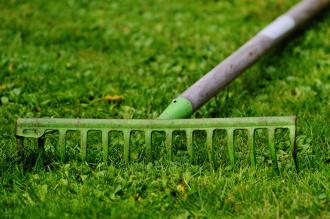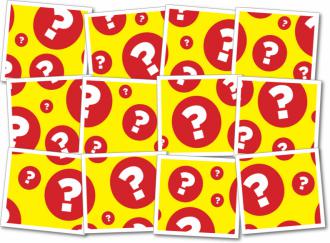
Black eye...
One night a man stumbled into the police station with a black eye. He claimed he had heard a noise in his back yard and went to investigate. The next he knew, he was hit in the eye and knocked out cold.
An officer was sent to his house to investigate, and he returned 1 1/2 hours later with a black eye.
"Did you get hit by the same person?" his captain asked.
"No," he replied. "I stepped on the same rake."

